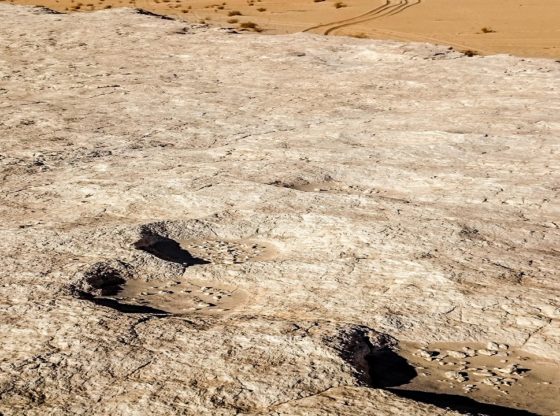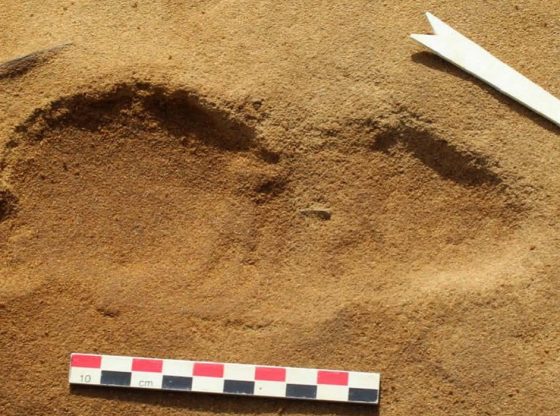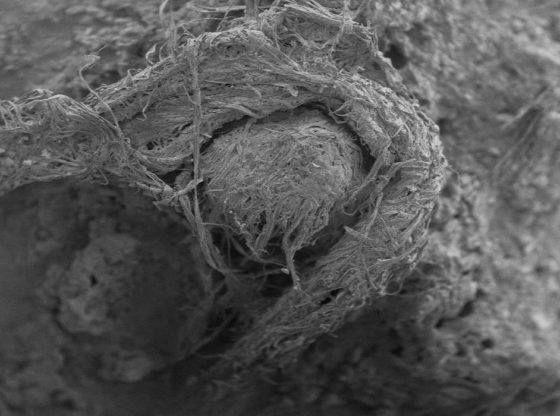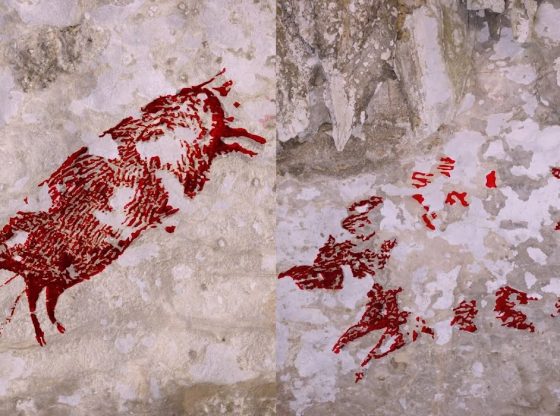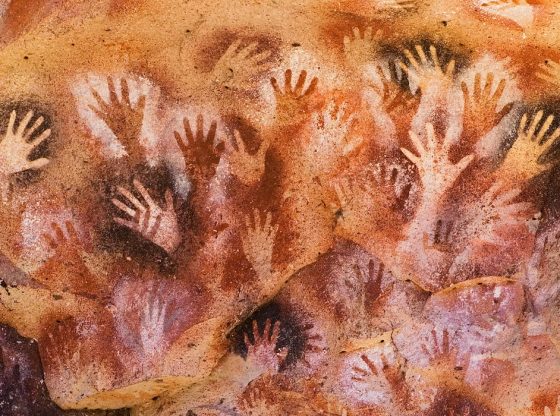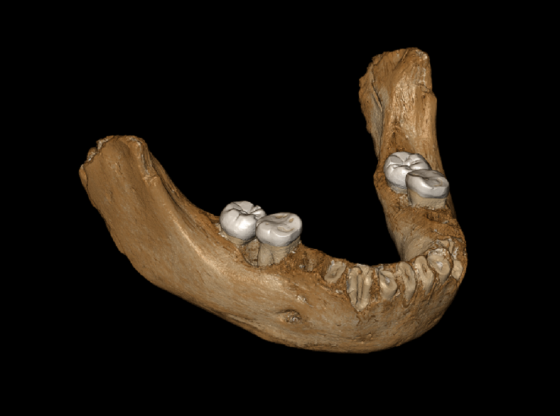Was it one, two, or several ‘Out of Africa’ migrations that eventually gave rise to all the different people we see today around the world? Three new scientific articles published in the journal Nature are investigating this topic and aims to find an answer to this very question.
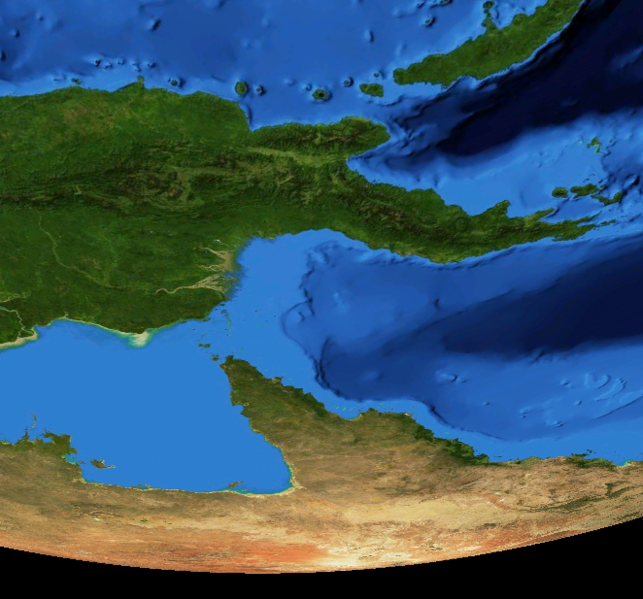
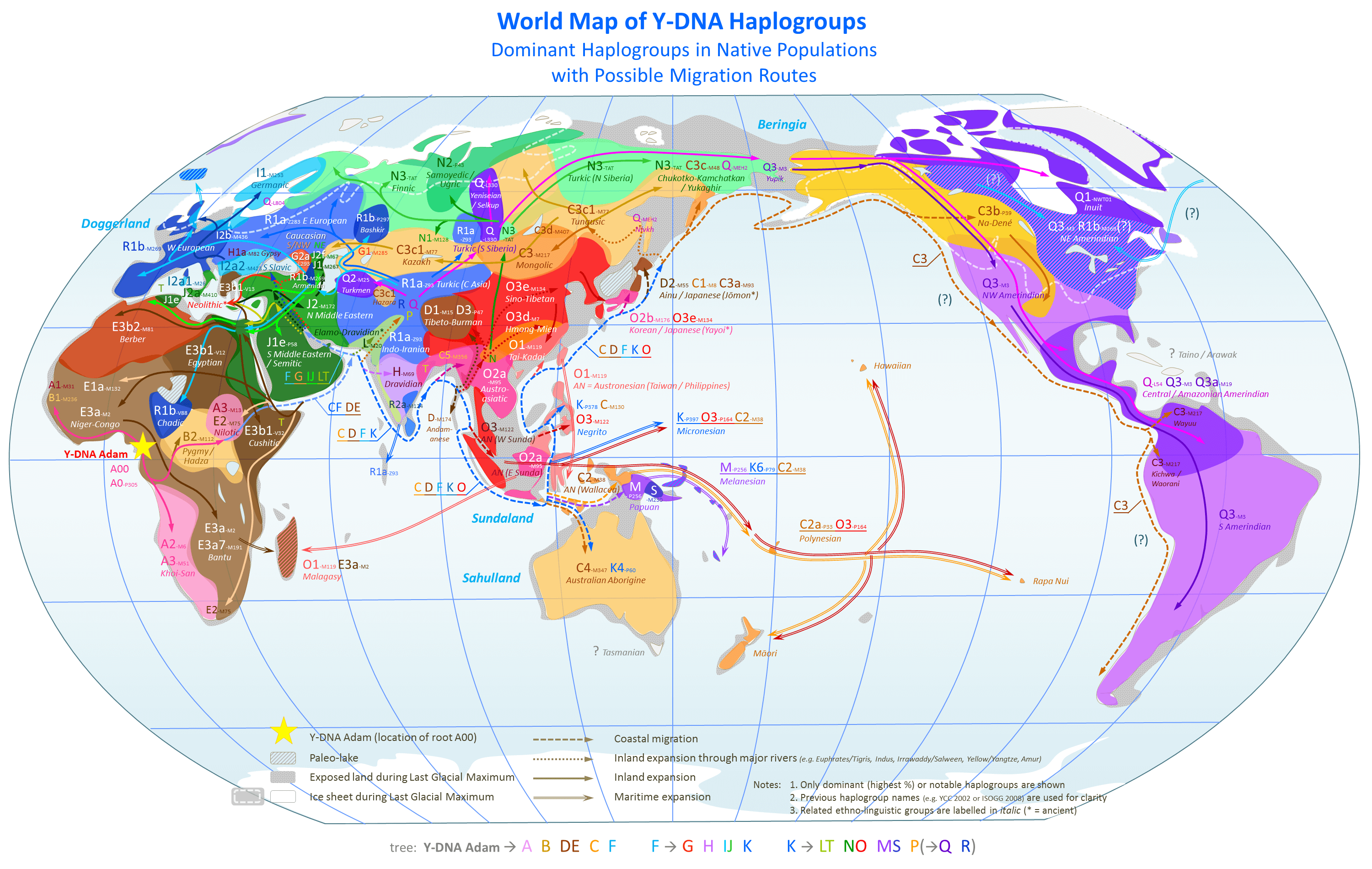
Australia and Papua New Guinea was colonized simultaneously
What is common for all three articles is that they attempt to map the genetic makeup of peoples across the world. Two of the studies show how migrations affected the genetic makeup of the two groups of people who reached Australia and Papa New Guinea – the ancestors of today’s Aboriginal and Papuans.
These two studies conclude that those communities arrived at the Australian continent about 50 to 60 thousand years ago, after having to migrate from Africa along with the people who today are the ancestors of all non-Africans.
The studies pinpoint more exactly when their migration took place and it also turns out that Papuans and Aborigines genes differ just as much from each other, as Europeans differ from Asians.
The reason for this genetic difference is probably due to when people first populated these areas, Papa New Guinea and Australia was attached. Papa New Guinea is an island just north of Australia today. When it separated from Australia, it became virtually impossible for these two communities to remain in contact with each other and they began to develop in different directions.
An ‘Out of Africa’ prequel?
The third study goes in depth and concludes that there are traces in the human genome indicating that earlier peoples must have left Africa some 120,000 years ago. This is much earlier than what is presently thought as the first major exodus from Africa.
It is known that human ancestors left Africa 120,000 years ago, but this early migration and colonization is usually thought as a failed attempt to populate the rest of the world – as the very sparse archaeological evidence suggests.
This third study, however, shows that this hypothesis should not be completely abandoned. The researchers behind this study found that two percent of the total genome of Aborigines and Papuans appears to come from individuals that walked the planet over 100,000 years ago.
It is however very hard to pinpoint DNA this very ancient, the fact that these communities no longer exist, and moreover were probably very genetically similar to the big wave of people who left Africa about 50,000 years later, doesn’t make it easier.
But if it is indeed true that humans left Africa this much earlier, it would rewrite the history books and totally change how we look at our early colonization of the rest of the world. There are several hurdles on the way to prove the hypothesis right or wrong, however. Among others things, we are missing fossils from areas far enough from the African continent that can prove that a big wave of migrating humans took place earlier.
Please follow the below links for further reading.
Reference:
Geneticists attempt to heal rifts with Aboriginal communities
Malaspinas, A.-S. et al. A genomic history of Aboriginal Australia Nature http://dx.doi.org/10.1038/nature18299 (2016).
Show context
Mallick, S. et al. The Simons Genome Diversity Project: 300 genomes from 142 diverse populations Nature http://dx.doi.org/10.1038/nature18964 (2016).
Show context
Pagani, L. et al. Genomic analyses inform on migration events during the peopling of Eurasia Nature http://dx.doi.org/10.1038/nature19792 (2016).
Show context



